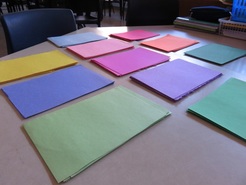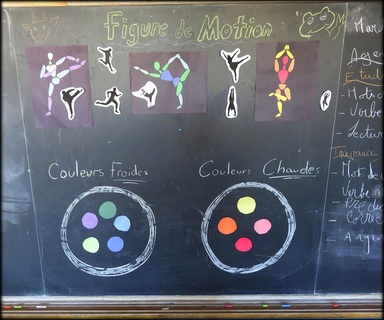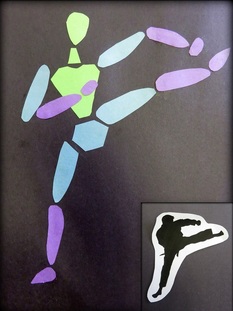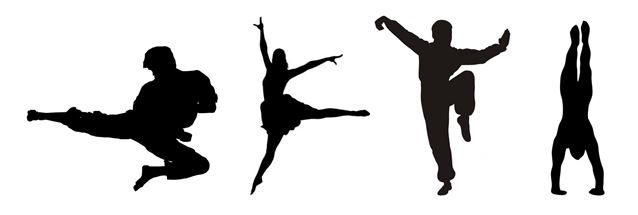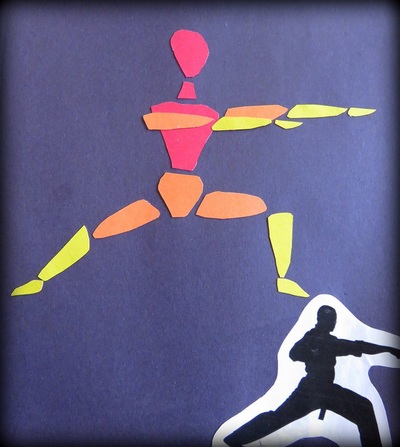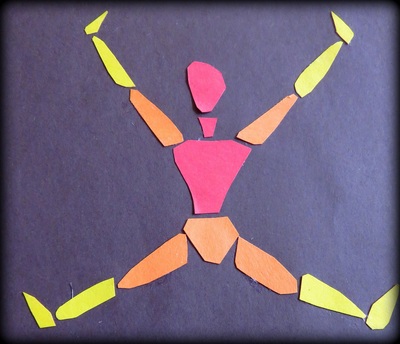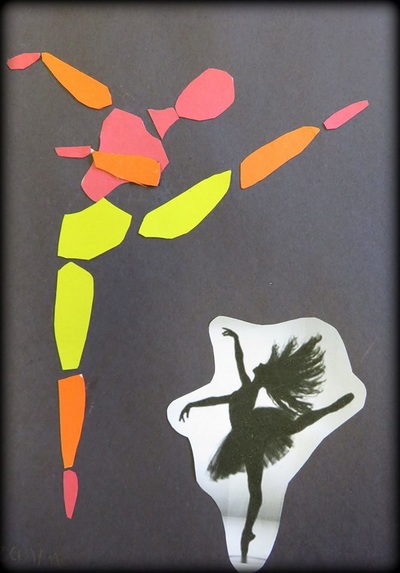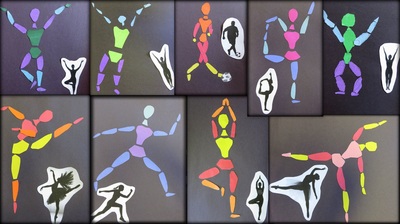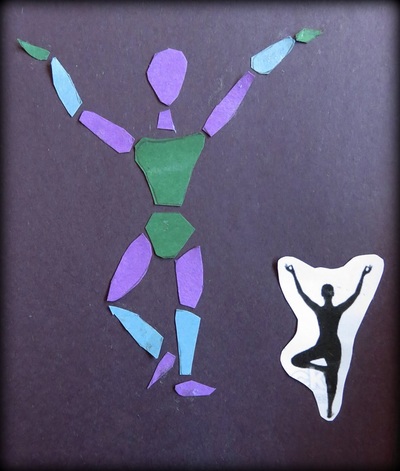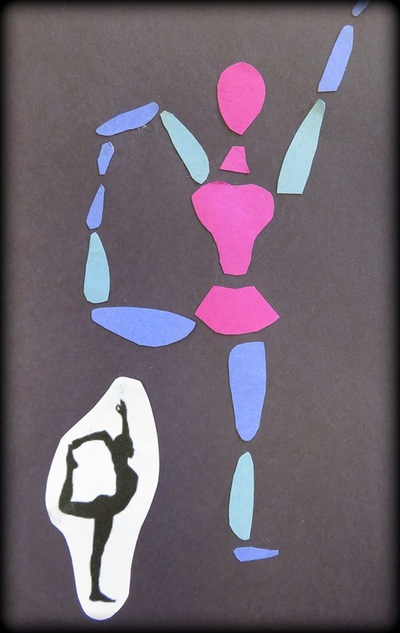- Sinthia Cousineau
- Ceramic Art
- Drawings
- Paintings
-
Photography
-
Art Education
-
Art & Adolescence
>
- Mural Project >
- Lesson: Eco Art
- Lesson: Decorating Fabric
- Lesson: Zentangles & Patterns
- Lesson: Social Media, consumerism & war
- Lesson: Bag Sculptures & Positive Body Image
- Lesson: Caricatures & political activism
- Lesson: Canadian Landscapes & Group of Seven
- Tattoo Art & Meaningful Images
- Lesson: Stenciling Street Art
- Lesson: Plaster Figures (grade 7-9)
- Photoshop Lesson
- Lesson: Value Scales
- Lesson Plan: Video Art
- Lesson Plan: Sound Art
- Lesson: GIF Project
- Lesson: Mashup Videos
- Art Education & Older Adults >
-
Art & Children
>
- Collage & other art Activities >
-
Drawing Activities with Kids
>
-
Pencil, Markers and Coloring
>
- Introductory Lesson
- Introduction Lesson: Egyptian Name Cartouche
- Reptile Zentangle Drawing >
- Illustrated Names
- Symmetrical Name Creatures
- Drawing from Autumn Still-lives
- Grid Drawing Technique
- Lesson: Alliteration Drawing
- Drawing: 3D Hands
- Leaf Drawing Collage
- Ancient Egypt Art
- Collaborative Doodle
- Drawing: Hidden Emotions Behind the Mask
- Scribble Drawing
- Drawing : Word Art
- Lesson Plan: Renaissance Invention Scroll
- Lesson: La Bande Dessinée
- Lesson: Optical Illusions
- Oil Pastels >
- Chalk & Soft Pastel >
- Charcoal >
-
Pencil, Markers and Coloring
>
-
Painting Activities with Kids
>
-
Acrylic Painting Lessons
>
- Acrylic Pouring
- Australian Dot Painting
- Blow Paint Technique
- Bubble Wrap Painting: Bee
- Pointillism Painting
- Funky Easter Rabbit
- Lesson: The Color Wheel
- Monochromatic Painting
- Painting: Birch Tree
- Leaf Painting
- Pumpkin Painting
- Painting: Rock Painting
- Squeegee Painting Technique
- Origami Inspired Painting
- Coffee Art
- Watercolor Activities >
-
Acrylic Painting Lessons
>
- Mixed Media Activities with Kids >
- Types of Art >
- History Lessons
-
Art & Adolescence
>
-
Art Therapy
- 3D Art & other mediums
- Videos
- Contact Me
Lesson
Warm & Cold Motion Figures
Grade 4-5
Time Frame: 2 hours
Time Frame: 2 hours
Question of Inquiry:
How to represent different motions with the human figure and explore the relationship between different colors?
Display of my Grade 5 Student's Finished Artwork
A digital collage I made using the images of all their warm and cold motion figures.
Learning Objectives:
- To become more familiar with the term “motion” and how to represent it through art.
- To explore the relationship between colors by learning about warm and cold colors.
- Students will become more familiar with the artistic elements of the human figure.
- Students will explore different artistic techniques for communicating motion.
Lesson Rationale
(Adapted to my Unit on Fable Stories)
Fables play an essential role in the art of story-telling for teaching children about morals. Fables involve themes and characters that appeal to children and the stories are often humorous. The characters are often played by animals that behave and talk like people, but maintain their animal traits thus display human-like behavior. Through such stories and fables children develop there literary skills.
These stories were originally invented by a slave named Aesop, who was a famous story-teller in his time. Aesop lived in ancient Greece, and his stories were often used to entertain guests at parties. He was rumored to have a very ugly appearance, and he was often mistreated He would come up with stories that aimed to teach people a valuable lesson. His stories would eventually inspire Jean La Fontaine to also create children’s stories that aimed to teach morals.
In the story “The Frog and the Ox”, a frog encounters an Ox and wants to become as big and strong as that Ox. So the frog exercises to get bigger and stronger, but that was not good enough so he exercises some more. He exercised so much to the point where he became so big that he exploded. The moral of this story is that vanity may lead to self-destruction. The frog cared so much about how he looked; he eventually got so big he burst. He used different physical exercises to become bigger. Exercise involves motion, and students will explore the different types of motions by creating a colorful human figure to demonstrate a specific form of exercise. Students will familiarize themselves with representing figures using simple shapes.
These stories were originally invented by a slave named Aesop, who was a famous story-teller in his time. Aesop lived in ancient Greece, and his stories were often used to entertain guests at parties. He was rumored to have a very ugly appearance, and he was often mistreated He would come up with stories that aimed to teach people a valuable lesson. His stories would eventually inspire Jean La Fontaine to also create children’s stories that aimed to teach morals.
In the story “The Frog and the Ox”, a frog encounters an Ox and wants to become as big and strong as that Ox. So the frog exercises to get bigger and stronger, but that was not good enough so he exercises some more. He exercised so much to the point where he became so big that he exploded. The moral of this story is that vanity may lead to self-destruction. The frog cared so much about how he looked; he eventually got so big he burst. He used different physical exercises to become bigger. Exercise involves motion, and students will explore the different types of motions by creating a colorful human figure to demonstrate a specific form of exercise. Students will familiarize themselves with representing figures using simple shapes.
Materials
For Art Educator:
For Students:
Classroom Preparation
Project Prototypes
“Project Prototype” by Sinthia Cousineau
Project Steps
Step 1: Picking a Motion
- Select one motion silhouette from the images provided by the teacher.
Step 2: Gather Materials
- Pick one black construction paper to be the background.
- Pick either 3 warm colors or 3 cold colors.
Step 3: The Human Figure
- Use the human figure template for inspiration when drawing and cutting out the parts for your human figure. You can also cut out the figure and glue the parts on the colored paper, and cut those parts out. Make sure to use all 3 colors you have chosen.
- For students who are more advanced in art, they could design their own human figure template.
Step 4: Recreating the Motion
- Use the parts you made to recreate the motion of the figure on the silhouette.
Step 5: Gluing it together
- Glue the pieces on the black construction paper.
Step 6: Hand in
- Sign your name and give the project to the teacher.
| motion_figures_steps.docx | |
| File Size: | 125 kb |
| File Type: | docx |
Vocabulary
Conceit: Too much pride in oneself.
Color Wheel: A circular diagram showing the relationship between different colors. For example: primary, secondary and complementary colors.
Cool Colors: Colors associated with water, sky, ice, and colder temperatures. Colors include green, blue and violet.
Composition: The organization or arrangement of all of the visual elements in an attempt to develop a unity in the total work of art.
Figure: A person or animal that can be only seen as a shape or outline.
Motion: The action of moving.
Silhouette: the dark shape and outline of someone or something visible against a lighter background, especially in dim light.
Warm Colors: Colors associated with fire, heat, sun and warmth. These colors include red, orange and yellow.
Vanity: Extreme pride in or admiration of one's own appearance or achievements
Color Wheel: A circular diagram showing the relationship between different colors. For example: primary, secondary and complementary colors.
Cool Colors: Colors associated with water, sky, ice, and colder temperatures. Colors include green, blue and violet.
Composition: The organization or arrangement of all of the visual elements in an attempt to develop a unity in the total work of art.
Figure: A person or animal that can be only seen as a shape or outline.
Motion: The action of moving.
Silhouette: the dark shape and outline of someone or something visible against a lighter background, especially in dim light.
Warm Colors: Colors associated with fire, heat, sun and warmth. These colors include red, orange and yellow.
Vanity: Extreme pride in or admiration of one's own appearance or achievements
Warm & Cold Motion Figures
By the Grade 5 Class at Gardenview Elementary
Lesson Plan:
|
|
|
| ||||||||||||||||||||||||
Proudly powered by Weebly
- Sinthia Cousineau
- Ceramic Art
- Drawings
- Paintings
-
Photography
-
Art Education
-
Art & Adolescence
>
- Mural Project >
- Lesson: Eco Art
- Lesson: Decorating Fabric
- Lesson: Zentangles & Patterns
- Lesson: Social Media, consumerism & war
- Lesson: Bag Sculptures & Positive Body Image
- Lesson: Caricatures & political activism
- Lesson: Canadian Landscapes & Group of Seven
- Tattoo Art & Meaningful Images
- Lesson: Stenciling Street Art
- Lesson: Plaster Figures (grade 7-9)
- Photoshop Lesson
- Lesson: Value Scales
- Lesson Plan: Video Art
- Lesson Plan: Sound Art
- Lesson: GIF Project
- Lesson: Mashup Videos
- Art Education & Older Adults >
-
Art & Children
>
- Collage & other art Activities >
-
Drawing Activities with Kids
>
-
Pencil, Markers and Coloring
>
- Introductory Lesson
- Introduction Lesson: Egyptian Name Cartouche
- Reptile Zentangle Drawing >
- Illustrated Names
- Symmetrical Name Creatures
- Drawing from Autumn Still-lives
- Grid Drawing Technique
- Lesson: Alliteration Drawing
- Drawing: 3D Hands
- Leaf Drawing Collage
- Ancient Egypt Art
- Collaborative Doodle
- Drawing: Hidden Emotions Behind the Mask
- Scribble Drawing
- Drawing : Word Art
- Lesson Plan: Renaissance Invention Scroll
- Lesson: La Bande Dessinée
- Lesson: Optical Illusions
- Oil Pastels >
- Chalk & Soft Pastel >
- Charcoal >
-
Pencil, Markers and Coloring
>
-
Painting Activities with Kids
>
-
Acrylic Painting Lessons
>
- Acrylic Pouring
- Australian Dot Painting
- Blow Paint Technique
- Bubble Wrap Painting: Bee
- Pointillism Painting
- Funky Easter Rabbit
- Lesson: The Color Wheel
- Monochromatic Painting
- Painting: Birch Tree
- Leaf Painting
- Pumpkin Painting
- Painting: Rock Painting
- Squeegee Painting Technique
- Origami Inspired Painting
- Coffee Art
- Watercolor Activities >
-
Acrylic Painting Lessons
>
- Mixed Media Activities with Kids >
- Types of Art >
- History Lessons
-
Art & Adolescence
>
-
Art Therapy
- 3D Art & other mediums
- Videos
- Contact Me


